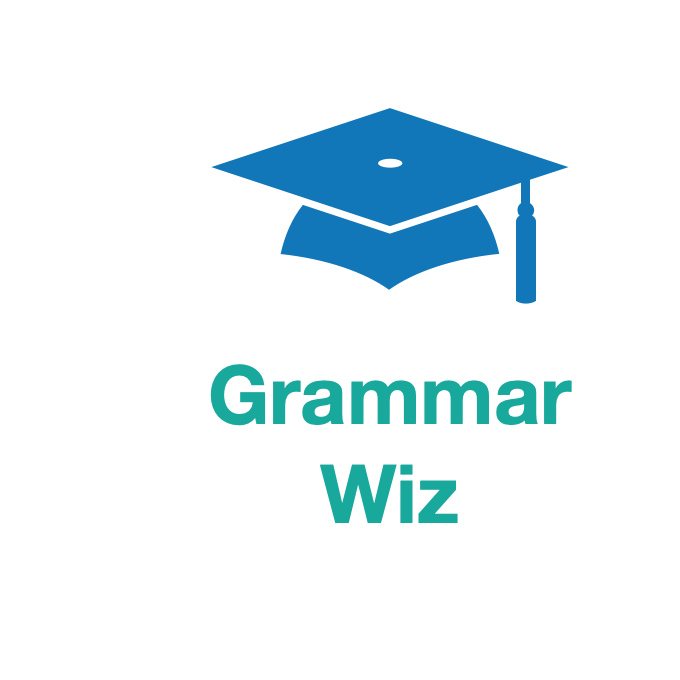- Home
- Confusing Words
- Backward or Backwards
Backward vs Backwards Grammar
Backward vs Backwards grammar is connected to whether you are referring to American or British usages.
Backward can be an adverb or an adjective. As an adjective it means less progress or undeveloped, but it can also refer to direction. As an adverb it indicates direction only.
Backwards with as 's' is used in British English, but it can only be used with the 's' as an adverb.
Let's learn more with examples.
Backward as an Adjective
When we are using backward as an adjective, you can only use the word without the 's'.
It has two meanings:
- Not advanced (in terms of intelligence or being modern)
- Indicating direction
Let's take a look at some examples for both:
Not Advanced
This can firstly be in relation to a person's intelligence in reference to learning difficulties.
However, it is a dated (old) word and is considered offensive (rude) to many people, so it should be avoided in general.
Examples:
- Most children in the class can read already but he can't. I think he's a bit backward
- When she was a child, the teachers thought she was backward as she learned very slowly
- He might be backward as he verbally attacks everyone in the village, but doesn't seem to realise it's wrong
In a similar way, it can also be used to talk about how modern something is. Here backward means less progress has been made or something is regressive.
Examples:
- I think it's a very backward region as it's economy is based wholly on agriculture
- He still has a very backward (old-fashioned) way of thinking about things
Direction
In this meaning, it is towards the direction that is the opposite to the one in which you are facing.
As it's being used as an adjective, it will come before a noun. This is a much less common use of the word than you'll find with the adverb (below).
Examples:
- He took a backward glance as he left the stage
- He made a sudden backward movement
Backward/s as an Adverb
When backward is being used as an adverb, it can be used with or without the 's'.
The difference actually comes down to the British or American usage. Americans tend to omit the 's', the British tend to add the 's'.
The meaning is the same as we looked at for the adjective, which is "towards the direction that is the opposite to the one in which you are facing". But of course it is used as an adverb instead.
Direction
The word can be used in a variety of ways to indicate a movement that is opposite to a forwards direction.
Examples:
- He took a glance backward/s as he left the stage
- He made a sudden movement backward/s
- The child began counting backward/s
- Completing this task feels like 1 step forward and 2 steps backward/s
- He didn't put the handbrake on so the car rolled backward/s
Quick Tip for Backward vs Backwards Grammar
So which should you use when thinking about Backward vs Backwards grammar?
Adjective: Use backward as an 's' can't be added
Adverb: Use backwards in the UK and backward in the US
Of course, just use the word backward without the 's' and you can never go wrong, as long as you are using it in a context where American English is acceptable, and this should be anywhere.
New! Comments
Any questions or comments about the grammar discussed on this page?
Post your comment here.



